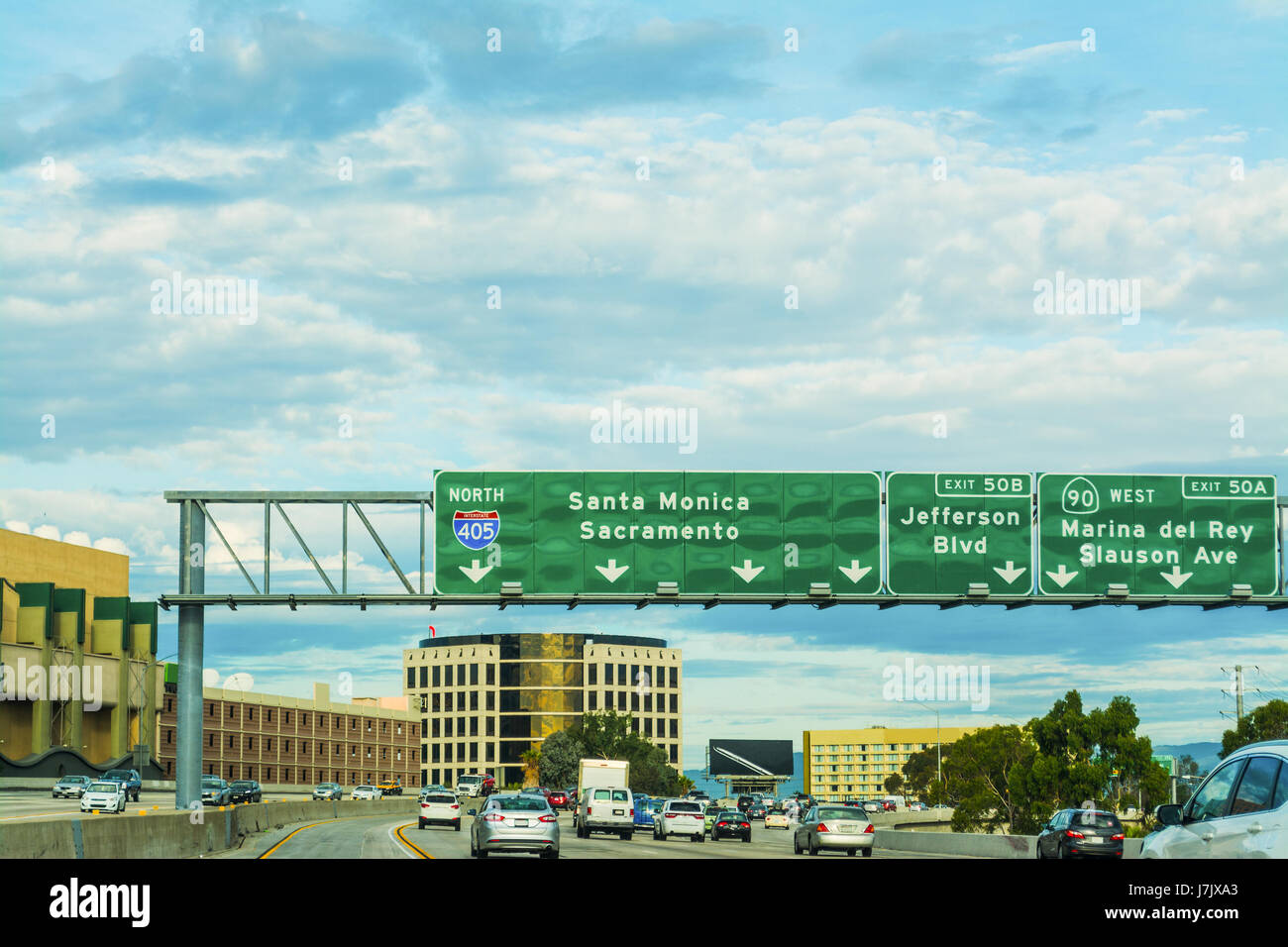
405 FREEWAY TRAFFIC LOS ANGELES DRIVERS
And widened highways encourage more drivers live further away from city centers, making people more dependent on driving.

The reasons for the slowdowns are simple: The number of drivers on the road in Southern California has increased as 2.3 million more people have moved or grown up in the region and bought 2.1 million new vehicles over the past 15 years, putting more people on freeways and local roads. Rush hour speeds have slowed on 31 of 52 LA-area highways in the past four years, according to USC’s outlet Crosstown. The 405 isn’t the only SoCal freeway experiencing grinding delays. That’s led to a 50-percent increase in travel time, from 23 minutes through the Sepulveda Pass in 2015 to 34 minutes this year. The most frustrating delays occurred during the afternoon rush when SoCal drivers heading north between 3 and 4 pm crawled along the I-405 at 19 miles per hour this year, instead of the jaunty 28 miles per hour they drove in 2015. Average commuting times through the Sepulveda Pass in both directions have gotten even longer in the last four years, according to data analyzed by the traffic analysis film INRIX from 2015 to 2019. The $1.6-billion infrastructure investment, known as the I-405 Sepulveda Pass Improvement Project, still resembles the parking lot at a Guns & Roses concert. The extra lane of the I-405 between the 10 and the 101 freeways that opened in May, 2014, to supposedly alleviate congestion actually ended up adding a minute of travel time for drivers of the 10-mile stretch - and new data shows congestion is even worse.

Los Angeles is getting what it paid for when it widened 10 miles of its most infamous freeways - another lane of traffic.


 0 kommentar(er)
0 kommentar(er)
